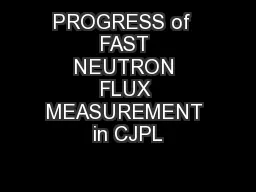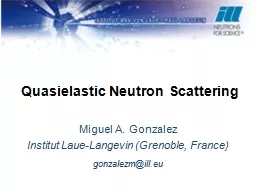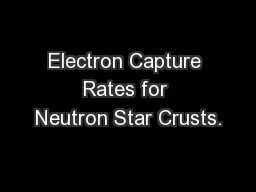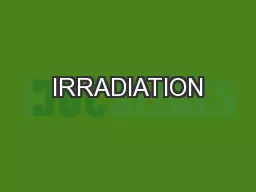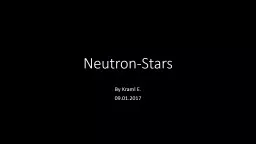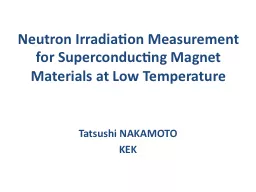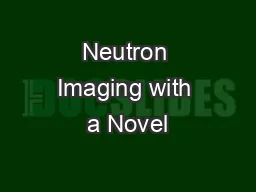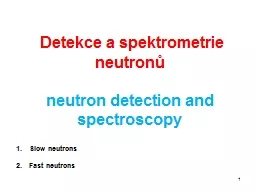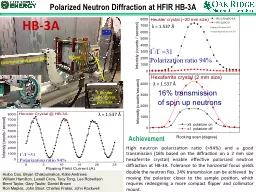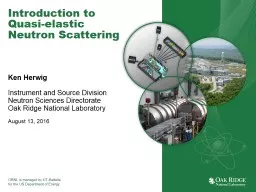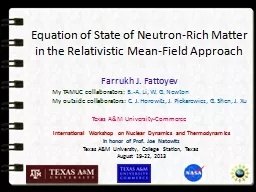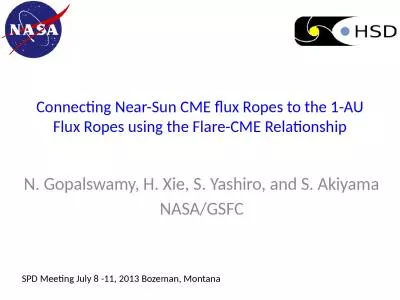PPT-PROGRESS of FAST NEUTRON FLUX MEASUREMENT in CJPL
Author : kittie-lecroy | Published Date : 2018-09-18
On behalf of Sichuan University CDEX Group Haoyang Xing School of Physical Science and Technology Sichuan University Symposium of SinoGerman GDT 2013411 1 CDEX
Presentation Embed Code
Download Presentation
Download Presentation The PPT/PDF document "PROGRESS of FAST NEUTRON FLUX MEASUREME..." is the property of its rightful owner. Permission is granted to download and print the materials on this website for personal, non-commercial use only, and to display it on your personal computer provided you do not modify the materials and that you retain all copyright notices contained in the materials. By downloading content from our website, you accept the terms of this agreement.
PROGRESS of FAST NEUTRON FLUX MEASUREMENT in CJPL: Transcript
Download Rules Of Document
"PROGRESS of FAST NEUTRON FLUX MEASUREMENT in CJPL"The content belongs to its owner. You may download and print it for personal use, without modification, and keep all copyright notices. By downloading, you agree to these terms.
Related Documents

